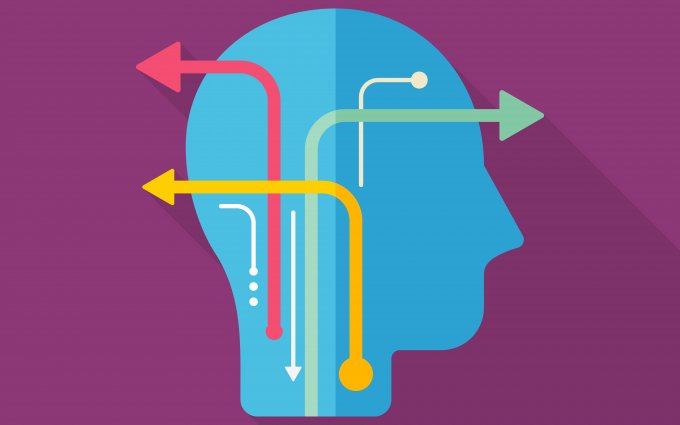04/10/2018

The brain is one of the most complex organs in the body, and damage can cause a wide range of impairments called “Disorders of Consciousness.” The challenge is to better understand and diagnose these dynamic states to apply the right care.
There are three main Disorders of Consciousness:
While these criteria may seem straightforward, determining the actual state of consciousness is very difficult. Disorders of consciousness are fluid, which makes it tough to directly observe and assess the impairments. That’s why opinions may differ, even between medical professionals, when caring for a severely brain-injured person.
While recovery timelines can very, research suggests that patients with disorders of consciousness from traumatic brain injuries recover over a longer period of time than previously believed. This shows the importance of treating traumatic brain injuries different than other types of brain injuries.
Paradigm is investigating novel treatment options for these patients to help them achieve the best possible functional outcome.
For more information on brain injuries and effective treatment options, visit our blog at paradigmcorp.com/blog and connect with our online communities through our Facebook and Twitter.